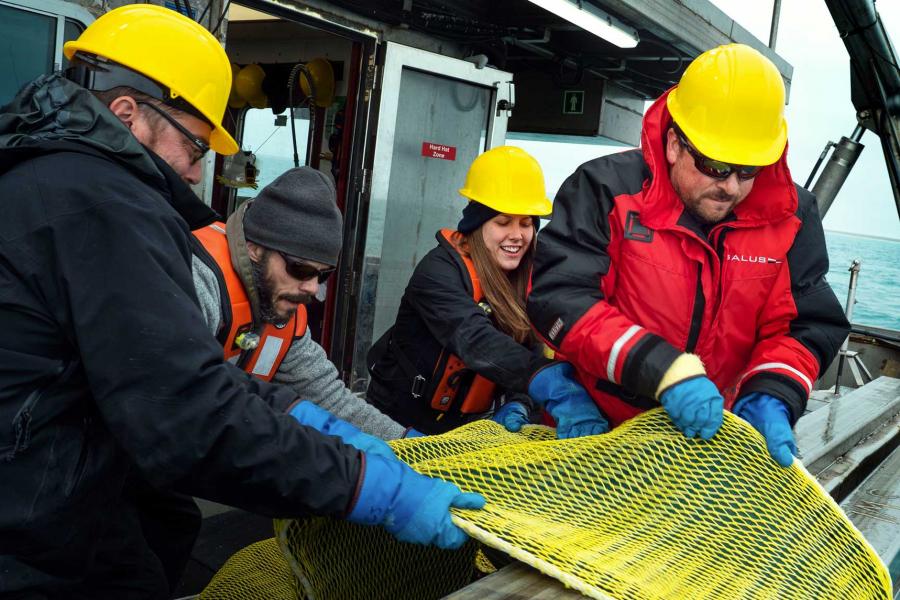
This research output has no data
Metadata
| Field | Value |
|---|---|
| Title | Southampton Island Marine Ecosystem Project |
| Research Program Name | |
| Keyword Vocabulary | Polar Data Catalogue |
| Keyword Vocabulary URL | https://www.polardata.ca/pdcinput/public/keywordlibrary |
| Website | https://umanitoba.ca/earth-observation-science/field-stories#southampton-island-marine-ecosystem-project |
| Theme |
Freshwater
Marine |
| Status | Complete |
| Project DOI | 10.34992/dc0p-kf56 |
| Metadata Creation Date | 2022 |
| Publisher | CanWIN |
| Related Facilities |
| Field | Value |
|---|---|
| Project extent | |
| Project Area | Hudson Bay, Southampton Island, Evans Strait, Fisher Strait, Roes Welcome Sound |
| Spatial regions | |
| Spatial extent West Bound Longitude | |
| Spatial extent East Bound Longitude | |
| Spatial extent South Bound Latitude | |
| Spatial extent North Bound Latitude | |
| Temporal extent | |
| Project Start Date | 2017-04-01 |
| Project End Date | 2020-03-31 |
| Field | Value |
|---|---|
| Project Contributors | |
| Principal Investigators |
|
| Co-Investigators | |
| Project Data Curator | Hunt, Janine |
| Project Data Curator email | janine.hunt@umanitoba.ca |
| Project Data Curator Affiliation | Centre for Earth Observation Science - University of Manitoba |
| Funder Information | |
| Awards |
| Field | Value |
|---|---|
| License Name | Creative Commons Attribution 4.0 International |
| Licence Schema Name | SPDX |
| Licence URL | https://spdx.org/licenses |
| Terms of Access | CanWIN datasets are licensed individually, however most are licensed under the Creative Commons Attribution 4.0 International (CC BY 4.0) Public License. Details for the licence applied can be found using the Licence URL link provided with each dataset. By using data and information provided on this site you accept the terms and conditions of the License. Unless otherwise specified, the license grants the rights to the public to use and share the data and results derived therefrom as long as the proper acknowledgment is given to the data licensor (citation), that any alteration to the data is clearly indicated, and that a link to the original data and the license is made available. |
| Terms of Use | By accessing this data you agree to CanWIN's Terms of Use. |